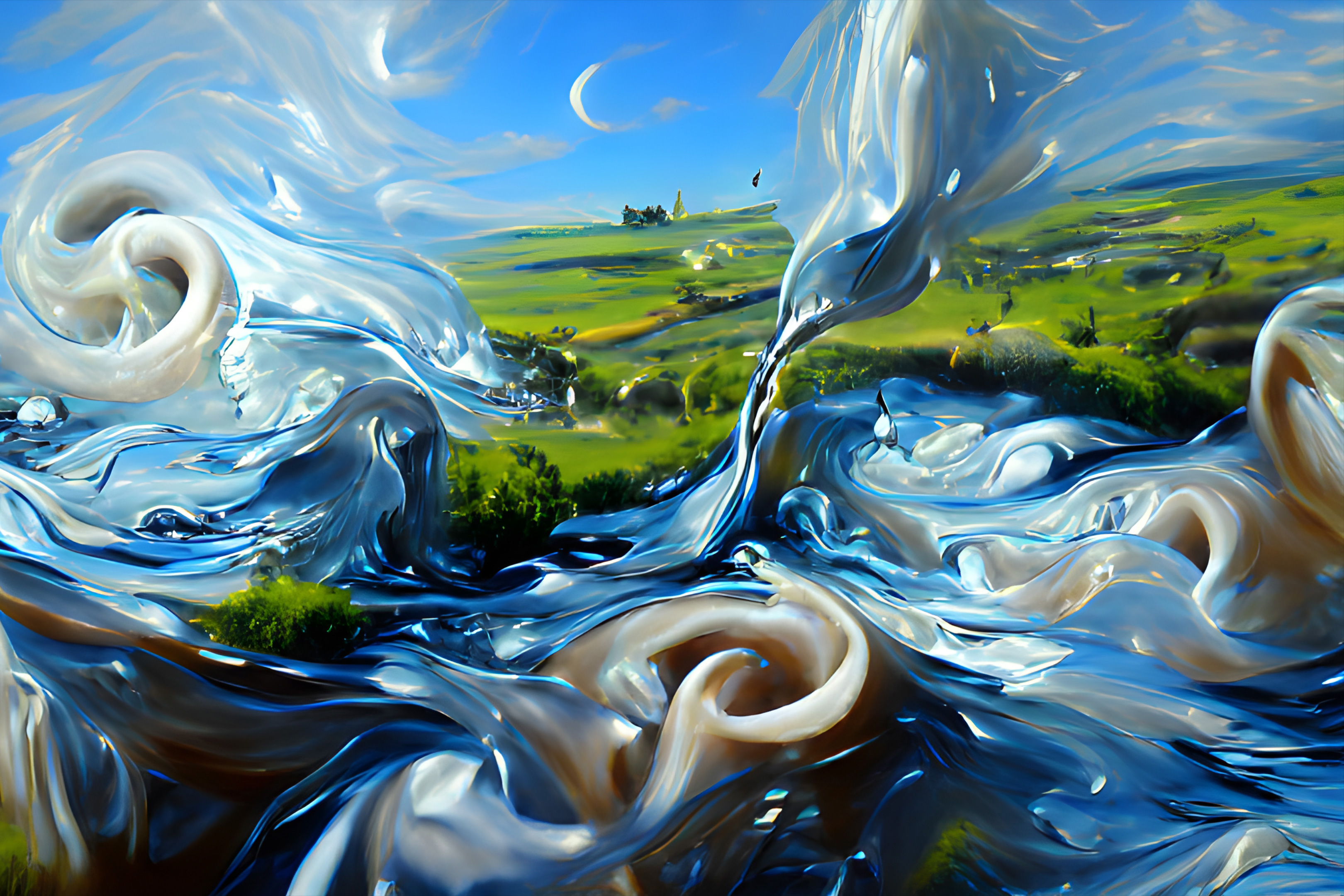
AI Enters the Artistic Realm: Generative Art Takes Center StageAI Enters the Artistic Realm: Generative Art Takes Center Stage Artificial Intelligence (AI) is making waves in the art world, giving rise to a new era of creative expression known as generative art. This innovative form of art leverages algorithms and machine learning to create unique and dynamic works that blur the lines between human and machine authorship. The Creative Process Revolutionized Generative art differs from traditional artistic techniques in that artists essentially define the parameters and algorithms that guide the creation of the artwork. Using sophisticated software and code, they set constraints on elements such as form, color, texture, and motion. The AI then generates countless variations within these boundaries, resulting in an ever-evolving and interactive experience. The Aesthetics of Generative Art The aesthetics of generative art range widely, encompassing abstract and representational styles that push the boundaries of what is considered art. Some works are characterized by intricate patterns and vibrant colors that resemble digital landscapes or abstract paintings. Others explore the interplay of light and shadow, creating ethereal and immersive experiences. The Role of the Human Artist Despite the reliance on algorithms, generative art is not merely the product of machines. Human artists play a crucial role in guiding the creative process, selecting the appropriate parameters and refining the results. Their expertise and vision shape the overall aesthetic and meaning of the artwork. The Promise and Challenges Generative art holds immense potential for expanding the possibilities of artistic expression. It allows artists to explore new perspectives, challenge traditional notions of authorship, and create dynamic and interactive works that engage audiences in unprecedented ways. However, there are also challenges associated with generative art. Concerns about originality, authenticity, and intellectual property rights arise as the lines between human and machine creation blur. Conclusion As AI continues to advance, generative art is poised to transform the art world. By merging technology and creativity, it opens up new frontiers of expression and challenges our preconceptions about what constitutes art. While the future of generative art remains uncertain, it is clear that this innovative form is here to stay, pushing the boundaries of human imagination and redefining the very essence of artistic creation.
Posted inNews